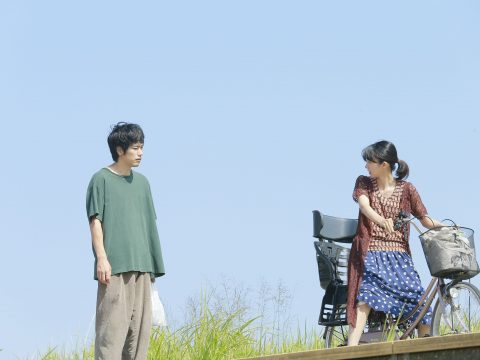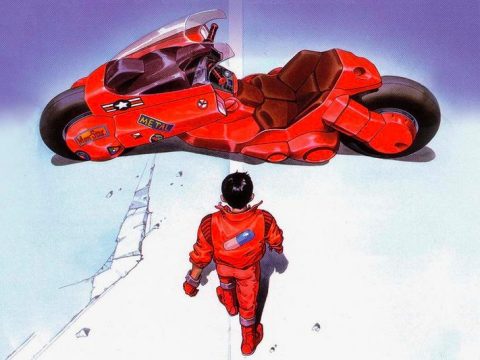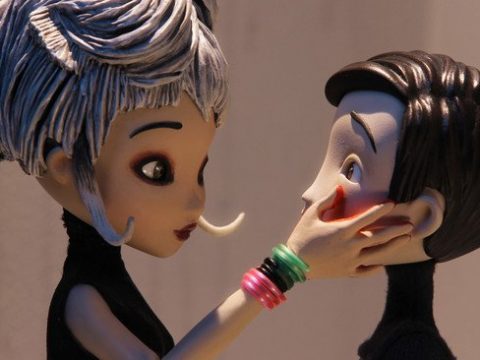Butterflies are the bane of humankind. They may be pretty and they may pollinate beautiful flowers that bring us joy, but butterflies also do everything in their power to unleash hordes of dinosaurs upon our cities. Don’t believe me? It happened in Ray Bradbury’s A Sound of Thunder, and more importantly, it happens in Daikaiju Baran, aka Varan the Unbelievable, a 1958 giant monster picture brought to us by Toho Studios and the incomparable director Ishiro Honda.

In Varan, two scientists meet a gruesome demise after traveling to a remote region of Japan to study a previously undiscovered species of butterfly. Naturally, a team of soldiers, journalists, and scientists are dispatched to investigate this latest incidence of butterfly treachery. Upon arrival they discover an isolated village living in fear of the wrath of their mountain-god, Baradagi. Much to the relief of all involved, Baradagi is actually Varan, a surviving member of the not-completely fictitious Varanosaurus species of dinosaur, once believed to be extinct. Celebrations ensue when Varan arises from his resting place at the bottom of a mountain lake and proceeds to gleefully demolish everything in sight by flopping around and turning donuts in Town Square, eventually migrating to Tokyo to continue the party. The humans greet their enormous scaly guest with parade music and fireworks. Everyone has cake and ice cream. They all live happily ever after. The End.
Actually, they are not really celebrations so much as “hysterical flights for safety.” And it is not so much parade music as air-raid sirens, and by fireworks I mean the military-grade kind better known as mortars and missiles. And there isn’t any cake or ice cream, just massive property damage. In fact, the whole situation is a major downer for all involved, including Varan, who learns an important lesson regarding not ingesting anything attached to the burning end of a flare.
To put it bluntly, Varan is Gojira with the antinuclear warfare allegory boiled away. And instead of a fire-breathing, lumbering biped, the monster is an unlikely quadruped combination of spiked iguana and flying squirrel.

This is not to say that Varan isn’t entertaining in its own way. The monster suit is a technical achievement, even if Angilas already staked his claim as the original spiny, four-legged monster three years earlier in Godzilla Raids Again. I’m also fascinated by the film as an early example of Toho Studios recycling sound effects and musical cues from other giant monster films. Varan pulls off a Godzilla roar once or twice, and the soundtrack by Akira Ifukube sounds like every other soundtrack by Akira Ifukube, big and brassy and overflowing with monster drama and military pomp. Like Atragon, Varan is more interesting in its relation to other examples of Japanese pop culture. I can say with authority that Prefectural Earth Defense Force becomes 700% funnier if you’ve viewed Varan the Unbelievable first. Also, if you were a fan of the 1988 Nintendo Entertainment System cartridge game, Godzilla: Monster of Monsters, watching this film reveals the origins of that spindly, limp-wristed lizard whose inclusion in the game puzzled me for decades. Is Varan the weakest Toho monster created? Quite possibly. In the NES game, Mothra could defeat Varan flawlessly by hovering in one spot and zapping him in the throat, and Godzilla, well … let’s just say one atomic sneeze was all it took to wipe Varanosauruses clean off of the endangered species list. Perhaps that’s why Varan’s only other appearance was a five-second clip in Destroy All Monsters. Even Manda gets more respect!
Varan the Unbelievable is definitely not for everyone. Dedicated fans of the genre who are willing to see past the derivative bits will enjoy another helping of monster mayhem. But casual fans might want to stick to the flagship Godzilla and Mothra series. And everyone should know by now to leave the butterflies well enough alone.







